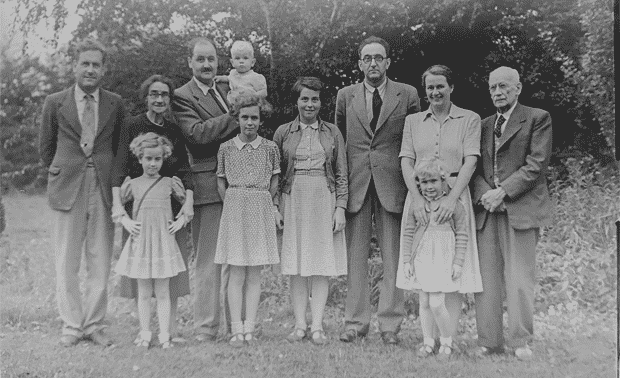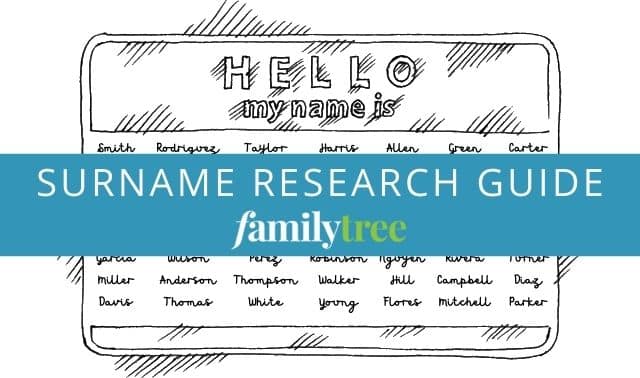Sign up for the Family Tree Newsletter Plus, you’ll receive our 10 Essential Genealogy Research Forms PDF as a special thank you!
Get Your Free Genealogy Forms
"*" indicates required fields

Patronymic surname suffixes throughout Scandinavia often changed depending on which country controlled the area. When researching your ancestors in Sweden, Norway or Denmark, it can be helpful to know when these changes to surnames occurred.
The naming trends on this chart hold true through most of the 18th and 19th centuries. As Scandinavian countries began requiring fixed surnames, families slowly began adopting and passing them on. Late in the 19th century many families, especially in Denmark, began using the male extension for both sons and daughters.
| Country | Son | Daughter |
|---|---|---|
| Denmark | -sen | -datter |
| Sweden | -son | -dotter |
| Norway | Before 1814 (Danish rule): -sen 1814-1905 (Swedish rule): -son After 1905 (independence): -sen | Before 1814: -datter 1814-1905: -dotter After 1905: -dotter |
Tip: Sometimes a record will show a female’s surname ending with –dtr. That’s just an abbreviation for the full extension, not the actual surname.
ADVERTISEMENT







